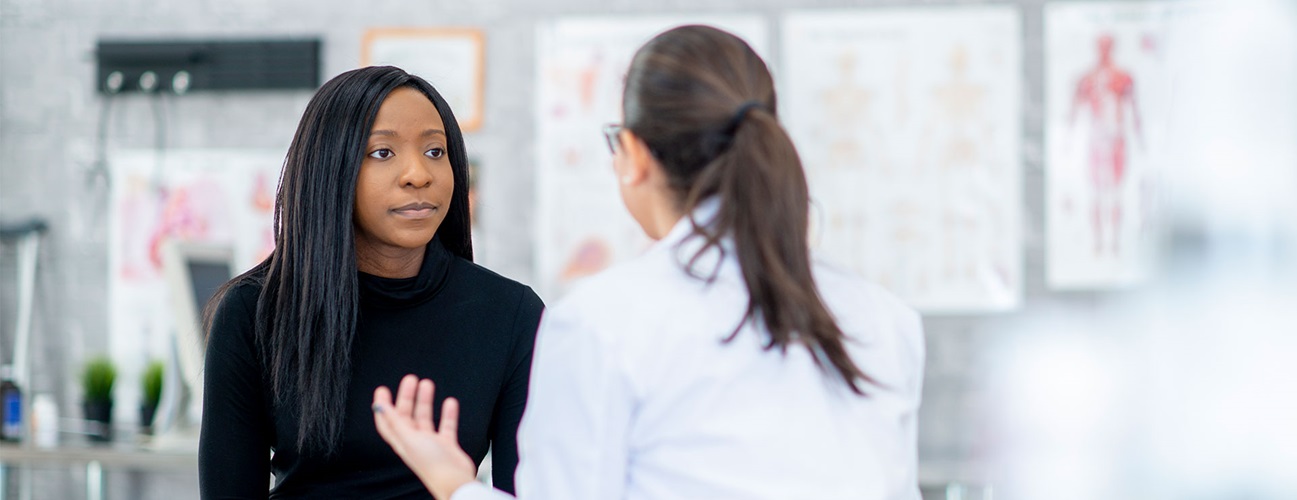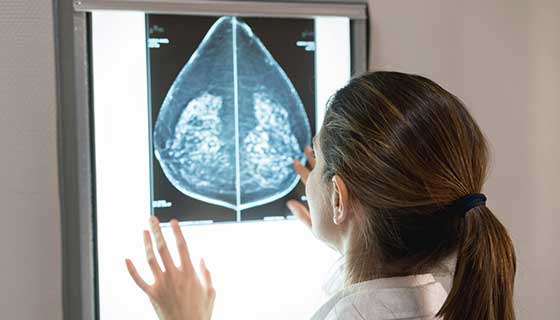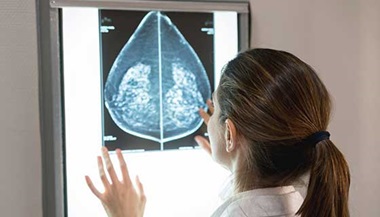Breast Ultrasound
What is breast ultrasound?
Breast ultrasound is an imaging test that uses sound waves to look at the inside of your breasts. It can help your healthcare provider find breast problems. It also lets your healthcare provider see how well blood is flowing to areas in your breasts. This test is often used when a change has been seen on a mammogram or when a change is felt, but does not show up on a mammogram.
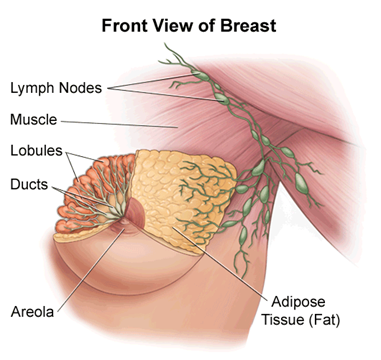
The healthcare provider moves a wand-like device called a transducer over your skin to make the images of your breasts. The transducer sends out sound waves that bounce off your breast tissue. The sound waves are too high-pitched for you to hear. The transducer then picks up the bounced sound waves. These are made into pictures of the inside of your breasts.
Your healthcare provider can add another device called a Doppler probe to the transducer. This probe lets your healthcare provider hear the sound waves the transducer sends out. He or she can hear how fast blood is flowing through a blood vessel and in which direction it is flowing. No sound or a faint sound may mean that you have a blockage in the flow.
Ultrasound is safe to have during pregnancy because it does not use radiation. It is also safe for people who are allergic to contrast dye because it does not use dye.
Why might I need a breast ultrasound?
A breast ultrasound is most often done to find out if a problem found by a mammogram or physical exam of the breast may be a cyst filled with fluid or a solid tumor.
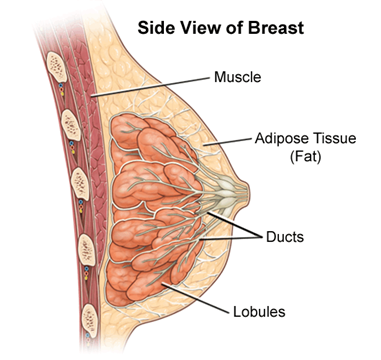
Breast ultrasound isn't used to screen for breast cancer. This is because it may miss some early signs of cancer. An example of early signs that may not show up on ultrasound are tiny calcium deposits called microcalcifications.
Ultrasound may be used if you:
-
Have very dense breast tissue. A mammogram may not be able to see through the tissue.
-
Are pregnant. Mammograms use radiation, but ultrasound does not. This makes it safer for the baby.
-
Need a needle biopsy. Ultrasound can be used to guide the needle to the changed tissue.
-
Have a cyst that needs to be drained.
-
Have breast implants. Ultrasound can show leaks or ruptures.
Your healthcare provider may have other reasons to advise a breast ultrasound.
What are the risks of a breast ultrasound?
Breast ultrasound may miss small lumps or solid tumors that are commonly found with mammograms.
Being overweight or having very large breasts may make the ultrasound less accurate.
Be sure to talk with your healthcare provider about any concerns you have before the test.
Find an Imaging Location

How do I get ready for a breast ultrasound?
-
Your healthcare provider will explain the process to you. Ask any questions you have so you know what to expect.
-
You may be asked to sign a consent form that gives permission to do the test. Read the form carefully and ask questions if anything isn't clear.
-
You don't need to stop eating or drinking before the test. You won't need medicine to help you relax.
-
Don't put lotion, powder, or any other substances on your breasts on the day of the test.
-
Wear clothing that you can easily take off. Or wear clothing that lets the radiologist or technologist reach your chest. The gel put on your skin during the test doesn't stain clothing, but you may want to wear older clothing. The gel may not be completely removed from your skin afterward.
-
Follow any other instructions your healthcare provider gives you to get ready.
What happens during a breast ultrasound?
You may have a breast ultrasound as an outpatient or as part of your stay in a hospital. The way the test is done may vary, but for the most part you can expect:
-
You'll be asked to take off any jewelry and clothing from the waist up. You'll be given a gown to wear.
-
You'll lie on your back on an exam table. You'll be asked to raise your arm above your head on the side of the breast to be looked at. You may be asked to lay on your side, too.
-
The technologist will put a clear, warm gel on your skin over the breast area to be looked at.
-
The technologist will press the transducer against your skin and slide it over the area being studied.
-
Once the test is done, the technologist will wipe off the gel.
What happens after a breast ultrasound?
You don't need any special care after a breast ultrasound.
Be sure you know when and how you'll get your ultrasound results.

